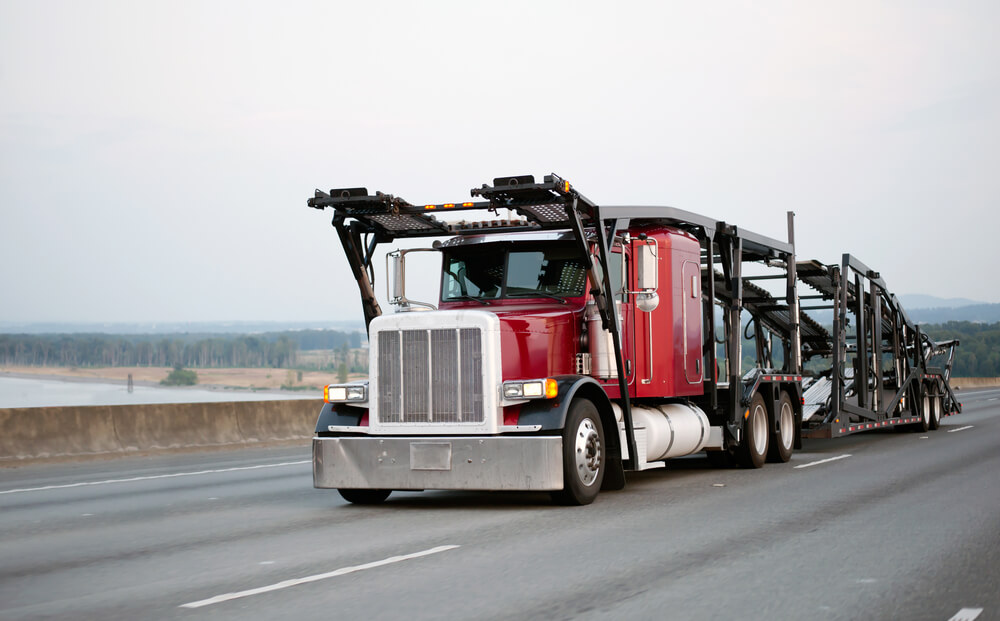
In our interconnected world, the need to transport vehicles across borders has become increasingly common. Whether relocating to a new country, purchasing a car from abroad, or participating in international events, the logistics of international car shipping can be complex and daunting. However, with careful planning and understanding of the process, navigating these waters can be manageable. Here’s a comprehensive guide to international car shipping.
Understanding the Process
International car shipping involves several key steps, starting with choosing the right shipping method. The two primary methods are container shipping and roll-on/roll-off (RoRo) shipping. Container shipping involves placing the vehicle in a container for transportation, offering more security and protection from the elements. RoRo shipping, on the other hand, involves driving the vehicle onto a specialized vessel for transport. Each method has its advantages and considerations, depending on factors such as cost, destination, and vehicle type. https://www.scoop.co.nz/stories/WO2401/S00013/a1-auto-transport-reports-record-profits-in-2023.htm
Documentation and Regulations
Before shipping a vehicle internationally, it’s essential to ensure compliance with all documentation and regulations. This typically includes providing proof of ownership, such as the vehicle’s title or bill of sale, and obtaining necessary permits or licenses for import and export. Additionally, certain countries may have specific regulations regarding vehicle emissions, safety standards, and customs duties, which must be adhered to for a smooth shipping process.
Preparing the Vehicle
Properly preparing the vehicle for shipping is crucial to ensure its safety and compliance with transportation regulations. This may involve cleaning the vehicle, removing personal belongings, and securing loose items to prevent damage during transit. It’s also advisable to document the vehicle’s condition with photographs before shipping to serve as evidence in case of any disputes or insurance claims.
Choosing a Shipping Company
Selecting a reputable shipping company is paramount to a successful international car shipping experience. Look for Companies with extensive experience in transporting vehicles globally, as well as proper licensing and insurance coverage. Reading reviews and seeking recommendations from trusted sources can help in making an informed decision.
Insurance Coverage
While shipping companies typically provide insurance coverage for transported vehicles, it’s essential to understand the extent of coverage and consider additional insurance options if necessary. This can help protect against unforeseen events such as theft, damage, or loss during transit. Reviewing insurance policies carefully and consulting with insurance providers can ensure adequate protection for the vehicle throughout the shipping process.
Transit Time and Costs
The transit time and costs associated with international car shipping can vary depending on factors such as the distance, shipping method, and destination country. Container shipping generally takes longer but offers more security, while RoRo shipping is often faster but may involve additional handling risks. It’s essential to obtain quotes from shipping companies and factor in all associated costs, including transportation, insurance, customs duties, and taxes, to determine the total expenses involved.
Customs Clearance and Inspection
Upon arrival at the destination port, the vehicle will undergo customs clearance and inspection procedures. This may include verifying documentation, inspecting the vehicle for compliance with Local regulations, and paying any applicable customs duties or taxes. Working with a knowledgeable customs broker can expedite this process and ensure compliance with all requirements.
Conclusion
International car shipping presents unique challenges and considerations, but with careful planning and preparation, it can be a manageable and rewarding experience. By understanding the process, ensuring compliance with regulations, choosing a reputable shipping company, and obtaining adequate insurance coverage, vehicle owners can navigate the complexities of international car shipping with confidence. Whether shipping a vehicle for personal or commercial purposes, proper attention to detail and proactive communication with shipping providers are key to a smooth and successful transit across borders.
